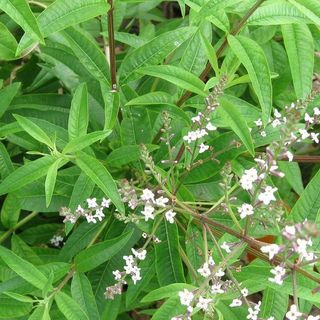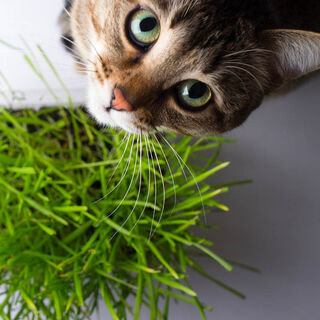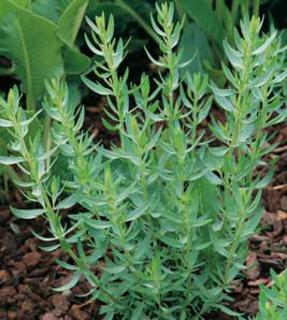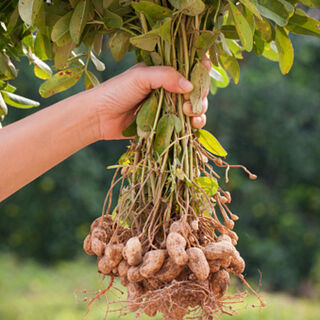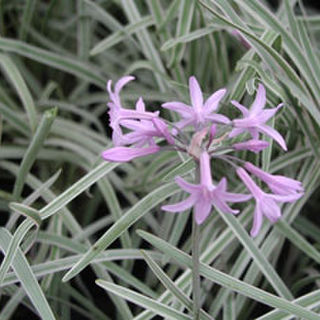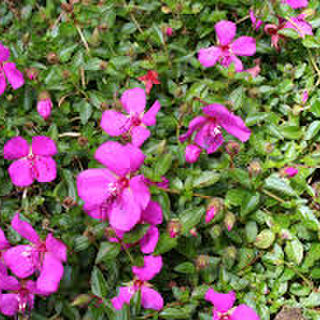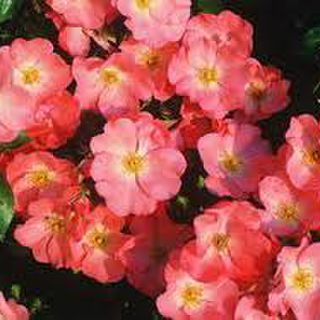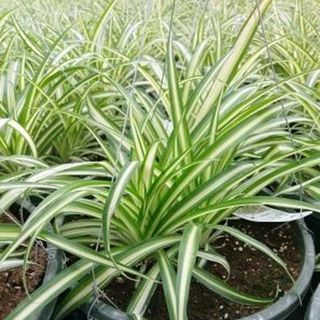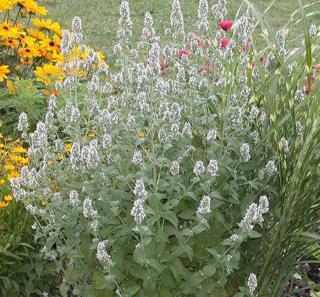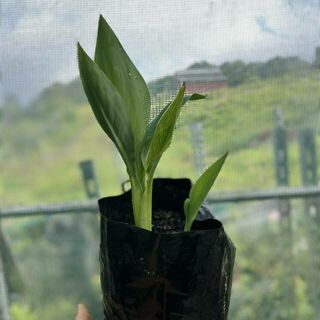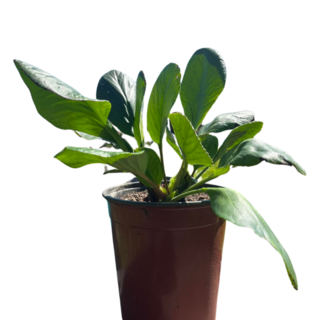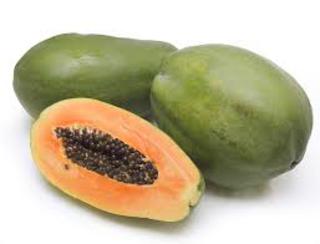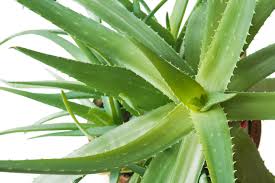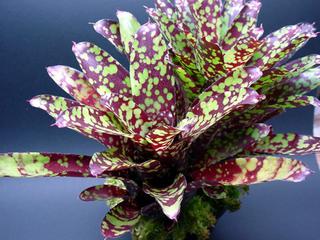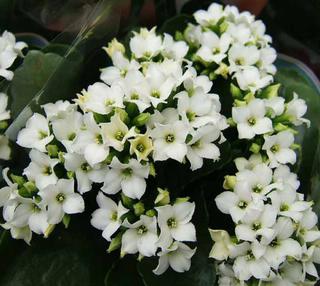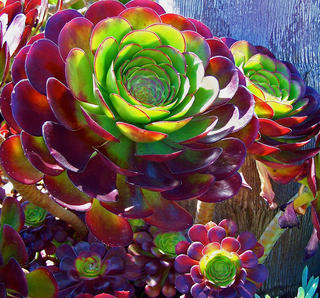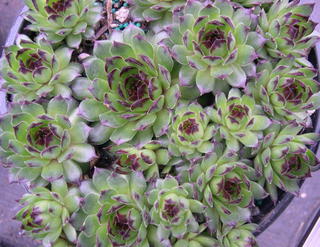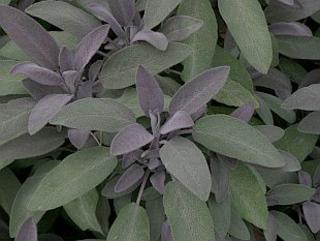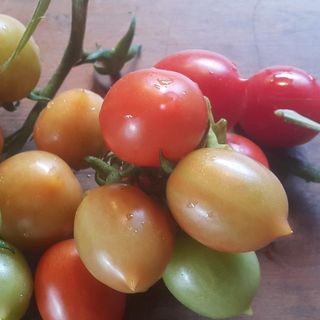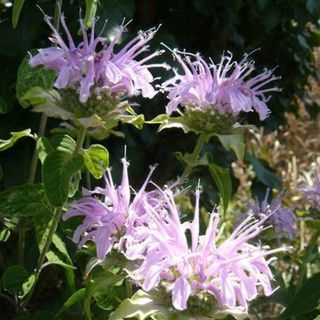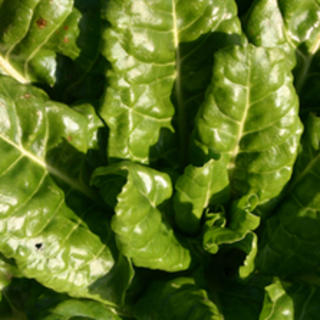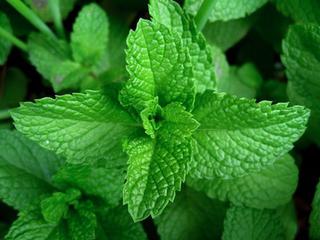- PRNZ Home
- Shop Now
- Bedding Plants
- Bog Plants
- Bromeliads
- Budget friendly plants
- Bulbs
- Climbers and Vines
- Edibles
- Ferns
- Fertilisers/Soil Conditioners
- Food Forest
- Fragrant
- Fruit Nuts Citrus
- Garden Mulches
- Garden & Potting Mixes
- Gifts for Him n Her
- Grasses
- Groundcovers
- Herbs and Veges
- Hedging
- Humhiss Essentials
- Indoor Plants
- Medicinal
- Mothers Day
- Natives
- Palms
- Perennials
- Pots
- Roses
- Seeds
- Subtropicals
- Succulent and Cacti
- Trees
- Wildflowers
- PR Rewards program
- About Us
- Contact Us
- Garden Design
- Gallery
- Subscribe/Login
- Our Blog
- COVID 19 UPDATE
- Delivery & T's n C's
- Swap & Trade Plants
Aloe vera - Succulent and Cacti
|
|
Because Aloe Vera plants are very succulent and consist of 95% water, they are extremely frost tender. If they are grown outdoors in warm climates, they should be planted in full sun, or light shade. The soil should be moderately fertile, and fast draining. Established plants will survive a drought quite well, but for the benefit of the plant, water should be provided. The medicinal properties of Aloe vera have been known and recorded since biblical times. It has been used for a variety of ailments, and as an ointment for burns, cuts, and rashes, as well as an ingredient in various beauty preparations.
The sap of the Aloe is a thick, mucilaginous gel. It is this gel which is used medicinally. The outer skin has essentially no value, but because it is commercially easier and less expensive to utilize the entire leaf, 'whole leaf' Aloe juice has been hyped as the 'best'. This is not the case.
Because Aloe is a genus containing over 500 species of flowering succulent plants, if you want a stemless Aloe or one that has a stem like Aloe arborescens (which is the main one we grow) please make sure you specify the one you want when you purchase.
WE HAVE TEMPORARILY SOLD OUT OF ALOE BARBADENSIS. WE STILL HAVE ALOE ARBORESCENS AVAILABLE.
View the Features Tab below to see the mineral Qualities of Aloe Arborescens and Barbadensis.
The sap of the Aloe is a thick, mucilaginous gel. It is this gel which is used medicinally. The outer skin has essentially no value, but because it is commercially easier and less expensive to utilize the entire leaf, 'whole leaf' Aloe juice has been hyped as the 'best'. This is not the case.
Because Aloe is a genus containing over 500 species of flowering succulent plants, if you want a stemless Aloe or one that has a stem like Aloe arborescens (which is the main one we grow) please make sure you specify the one you want when you purchase.
WE HAVE TEMPORARILY SOLD OUT OF ALOE BARBADENSIS. WE STILL HAVE ALOE ARBORESCENS AVAILABLE.
View the Features Tab below to see the mineral Qualities of Aloe Arborescens and Barbadensis.
Price:
NZ$ 24.95 including GST
NZ$ 21.70 excluding GST
1.3 Litre Pot
ALO5L
Out Of Stock
Out of stock
Sorry we are out of stock!
Information
Aloe also written Aloë, is a genus containing over 500 species of flowering succulent plants. The most widely known species is Aloe vera. Most Aloe species have a rosette of large, thick, fleshy leaves. Aloe flowers are tubular, frequently yellow, orange, pink, or red, and are borne, densely clustered and pendant, at the apex of simple or branched, leafless stems. Many species of Aloe appear to be stemless, with the rosette growing directly at ground level; other varieties may have a branched or unbranched stem from which the fleshy leaves spring. They vary in color from grey to bright-green and are sometimes striped or mottled. Some aloes native to South Africa are tree-like (arborescent)
If you want a stemless Aloe or one that has a stem like Aloe arborescens please make sure you specify the one you want when you purchase.
Features
| Aloes - Mineralogical Quantity | ||||||
| Mg / 100 ml | Arborescens | Barbadensis (Aloe Vera) | ||||
| Calcium | 103,000 | 12,760 | ||||
| Magnesium | 69,000 | 5,860 | ||||
| Potassium | 287,000 | 46,320 | ||||
| Sodium | 23,000 | 24,270 | ||||
| Zinc | 0,460 | 0,650 | ||||
| Iron | 0,400 | 0,080 | ||||
| Manganese | 5,600 | 1,190 | ||||
| Selenium | 2,0000 | 19,000 | ||||
| Boron | 103,000 | 79,000 | ||||
| Copper | 0,020 | 0,004 | ||||
| Proteins | 7300 | 0,000 | ||||
Product Enquiry
Contact Details
Web Inquiry
Details of the product above will be automatically included with your enquiry.
Associated Items
View your shopping basket or Browse other items in Succulent and Cacti.
|
© Copyright Plant Zero 2006 Ltd
- Site map
|
